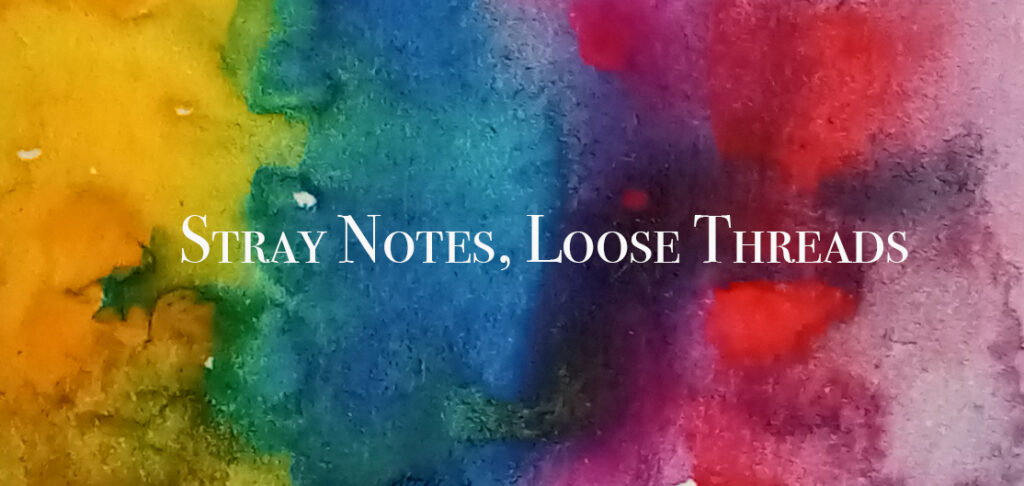Tag: travel
-
This week’s Spotify playlist
Each week the blog features a playlist that relates to its entries. The playlist is hosted on Spotify and you can listen to the audio on the player above or by heading over to Spotify on the Web or in the platform’s app. A search for “Music to read a blog by” will bring up…
-
Writing Cia-Cia… in Hangul
Cia-Cia is a language spoken by 93,000 Indonesians on Buton Island but written in Hangul, the Korean alphabet. In 2008 this unusual pairing started with the arrival to Seoul National University of two teachers from the island, who came in to learn Hangul. One did not stay but the other, a Cia-Cia man, completed the…
-
An evolution for the blog
Recently a reader asked about the links between the Spotify playlist and the articles on the blog. Each of the pieces that is on the playlist has something to do with the articles, but sometimes the links are not obvious and that led to this reader asking “What is the link?”. So, for those of…
-
The South Sea Islanders
In 1863 a group of 67 labourers arrived in Brisbane, the first of 62,000 people from 80 Melanesian islands who endured forced migration to provide cheap labour to Australia’s cotton and sugar industries. This influx of people, which lasted until 1904, brought a new dynamic to the country, but many of the recent arrivals were…
-
The Spotify playlist
Each week a playlist of audio is curated to go alongside the articles on the blog. There is always a link with the articles although sometimes it is less obvious than others. To listen click on the player above or go to Spotify and search for “Music to read a blog by”. Paying subscribers to…
-
Rohit Bal
The Indian fashion designer, Rohit Bal, known for his innovative blending of the sub-continent’s cultural heritage with contemporary design, has died. Bal credited his early childhood experiences of his mother’s shawls and saris with his success, saying that “Fabric is the… lifeblood of fashion”, and his understanding of materials and techniques resulted in a label…
-
A note about photos on the blog
Over the past few years I have been very conscious that photographs convey a lot more than words but that has presented a moral dilemma. These days when images are an ever-present part of our daily lives it is easy to find something on the Web to use as an illustration for an article. In…
-
The forest that penned a song
A legal bid has proposed that an Ecuadorean forest be recognised as the co-creator of a song, a moral ownership that could help save it. The petition, initiated by the More Than Human Life (Moth) Project, is going to submitted to the country’s copyright office that will ask for Los Cedros cloud forest to be…
-
Living the ancient high life
A recent and surprising discovery has been uncovered in the high altitudes of Uzbekistan’s southeastern mountains. The region was long thought to have been uninhabited because of the problems with living at such altitudes but this discovery, made using lidar, the remote sending technology that uses reflected light to map out surroundings in three dimensions,…
-
So she was turned to a pillar of salt
Jo Rogge, an artist who lives between South Africa and Namibia, is non-binary and creates work that comments and highlights social issues that they have experienced. In this show, just ended in Windhoek’s “The Project Room” in Namibia, Rogge’s repurposed textiles take their place alongside visual art. The textiles are found pieces that have been…
